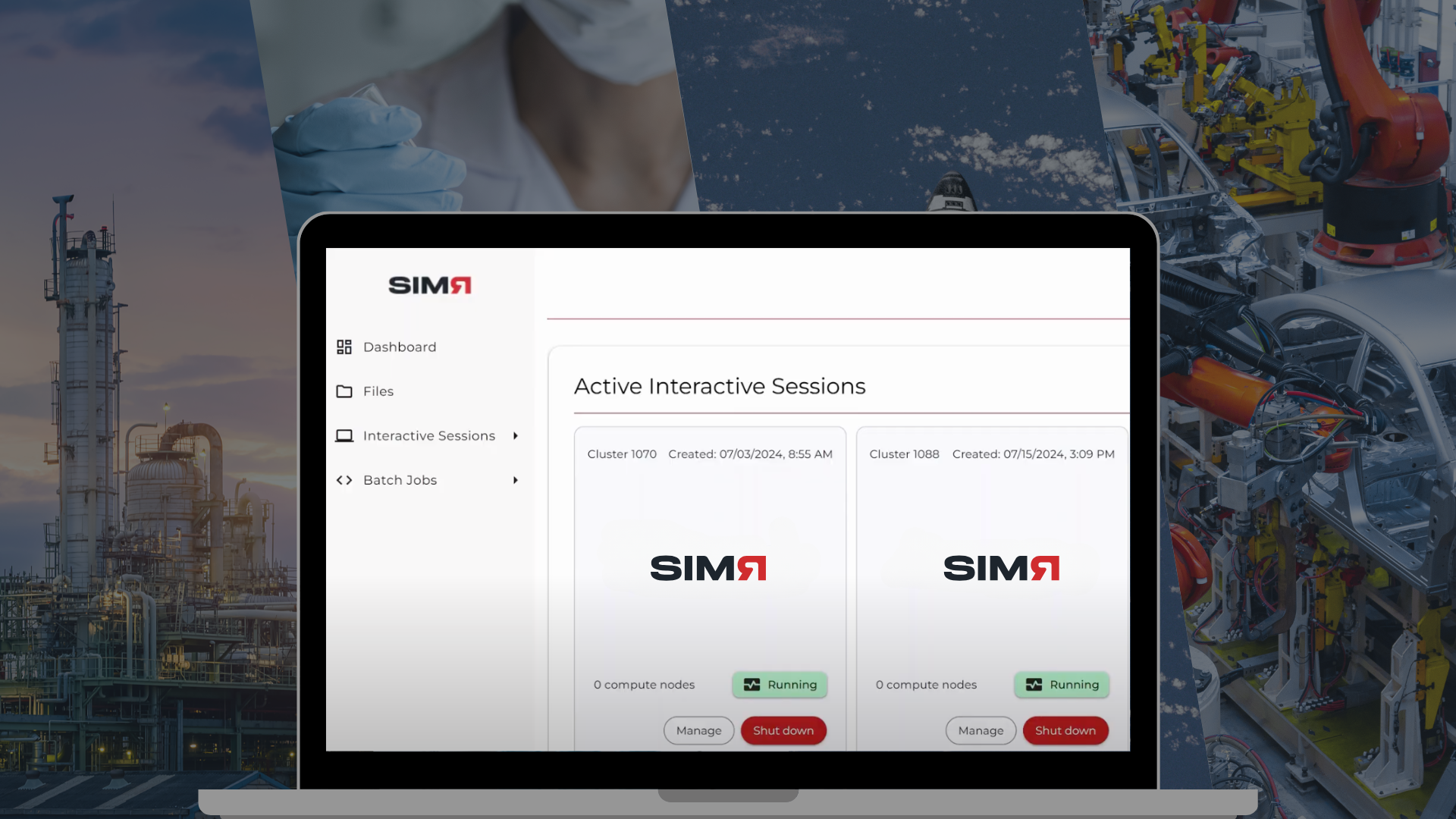While the automotive industry has certainly led the way in embracing cloud technologies for CAE simulations, consumer electronics is not far behind. The adoption of HPC cloud simulations has already led to multiple fundamental shifts in the consumer electronics industry.
Use of Virtual Prototypes
Prototype development has long been one of the most expensive aspects of any product design due to its highly iterative nature leading to long development cycles. And those costs are often higher when products contain electric components. A company would traditionally spend thousands on development of a prototype, only to discover that it didn’t work and start the process all over again. That iterative approach is not only costly, but it’s also time consuming.
Cloud-based HPC enables engineers to run more simulations faster, so design teams can better validate a design before developing a physical prototype. Known as virtual prototyping, this process saves both time and money: hundreds of simulations can be run simultaneously, dramatically reducing the time required for this step and also ensuring a much more viable prototype the first time around.
The Ability to Produce More Complex and Connected Devices
IoT-enabled devices are already staple in manufacturing, where they add considerable value to the supply chain. But these technologies have been slower to emerge in consumer electronics because they generally require such small, complex parts. The same holds true for 5G technology, which is not yet available commercially because they require an incredibly tiny and specialized antenna. Designing such a product demands the kind of robust HPC capacity typically available only to very large companies.
It’s no wonder, then, that recent breakthroughs in the design of more complex, connected devices have been powered by the cloud. From the first potentially viable 5G smartphone antenna, to complex fingerprint sensors, these technologies have often been developed using HPC cloud simulations. As cloud-based simulations become the industry standard, more and more companies will be able to successfully design “the future” of consumer electronics.
Industry Democratization
The consumer electronics industry has long been dominated by a few big-name companies that can afford the tremendous overhead of on-premise CAE tools. The cost of purchasing and maintaining the hardware required for complex simulations is significant, as is the cost of licenses for the necessary software. This cost dynamic has made it difficult for smaller companies to compete in the industry.
The availability of cloud-based simulation technology has allowed smaller, more niche companies to enter the market as emerging competitors. This trend isn’t especially unique to consumer electronics; we have noted it across all fields of engineering, from automotive and aerospace, to defense and life sciences.
Benefits of Using Cloud CAE for Consumer Electronics Design
Adopting cloud-based engineering simulations offers several benefits for consumer electronics companies:
-
More nimble product development: Because cloud-based simulations allow engineering teams to run so many simulations simultaneously, they can significantly reduce development time and create prototypes much more efficiently and accurately. This gives design teams more time and flexibility to create new products or experiment more freely.
-
Cost effectiveness: In addition to eliminating the cost of long development cycles, cloud CAE simulations can also significantly reduce investments in on-premises hardware and IT maintenance--not to mention ensure better utilization of software licenses.
-
Better security: Although security remains one of the primary concerns regarding the adoption of cloud-based simulations, the cloud can actually be more secure than an on-premises cluster. Cloud providers such as Azure bring in the highest security, complying with rigorous security standards and conducting regular security audits.
Microsoft has been quietly leading the way in using cloud-based simulations for designing its consumer products. We’re proud to welcome Prasad Raghavendra, Principal Engineer at Microsoft Devices, as a special guest for our upcoming webinar. Prasad will share Microsoft’s product development process for Surface devices and talk about how his team uses HPC cloud simulations to accelerate product development.


.png)




